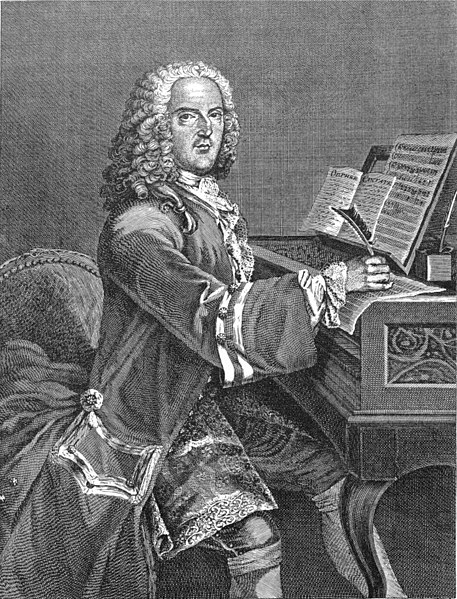About two months ago I wrote about the Plein Jeu of Clérambault, which I still didn’t master. Today I was at the Dubois organ at Wissembourg, which I’m allowed to play every now and then. One of the pièces I’m currently studying is the Duo of the very same mass (here’s a recording of a recital by Marie-Claire Alain, the Duo starting at 2′ 32″).
Many, if not any, french organ masses contain a Duo. The three characters tell the organist at couple of things:
- The pièce consists of two voices, one in the left hand on the great organ, one in the right hand on the positif or Reçit.
- Unlike the registrations of the other pièces of a french organ mass, there are two registrations known for Duos, one with labial stops only (with an emphasis on the thirds), another one with lingual stops (I found further information in the book Orgelschule zur historischen Aufführungspraxis, Teil 1 – Barock und Klassik of Jon Laukvik 2017, page 165).
- Vivid playing.
All of this information is great, though I still had no clue how to interpret it. I got the essential hint by Bernhard Marx, who played at the Dubois organ in August of 2016. Unlike the other concerts, he also did the presentation. While announcing the mass of Grigny, he mentioned that the Duo is a dance. That was the crucial information I missed beforehand. Since then, I try to play the pièce as such. If it was a dance, I need to choose a matching tempo. I have to keep a steady beat so that the dancer is able to follow. Additionally, I can help the dancer by precisely articulating the notes and rhythmicity.

